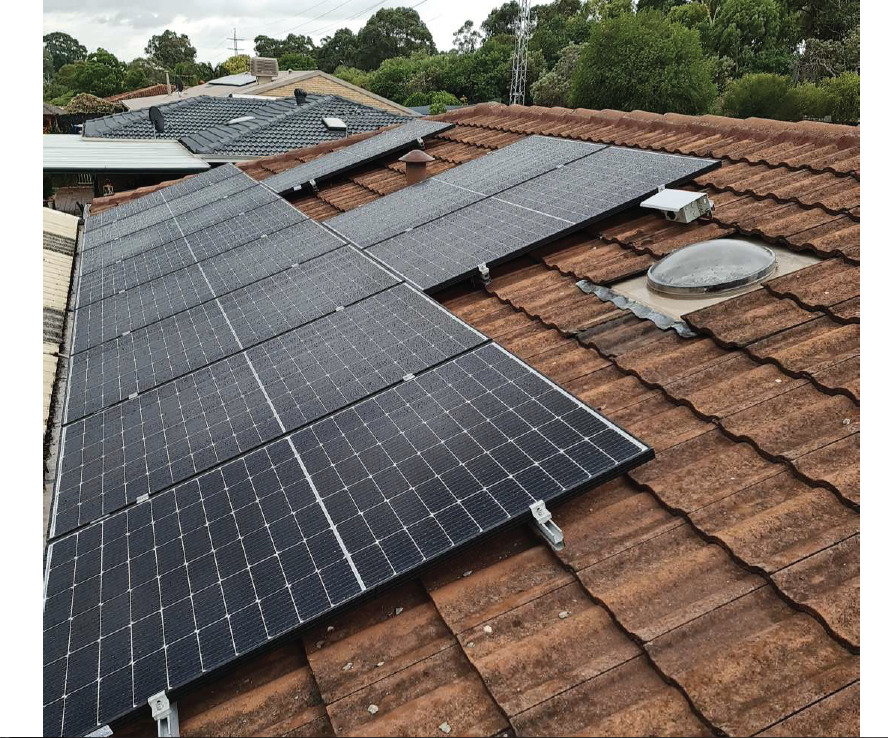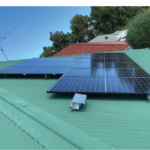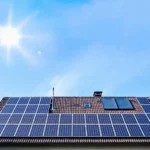Impact of Covid on Solar Industry - The covid 19 pandemics are wreaking havoc on energy networks around the world, stifling investment and threatening to stifle the spread of critical renewable energy technology. Many countries' gas, oil, coal, and power markets, as well as renewable energy forecasts, project feasibility, and climate policies, have been impacted by changes in energy demand.

Before the crisis, clean energy technology progress had been promising but uneven. Only 6 out of 46 technologies and sectors were “on track” to reach long-term sustainability goals in 2019, according to the IEA's annual Tracking Clean Energy Progress report. Electric vehicles, rail transportation, and lighting were among the six. Another 24 made progress, but not enough to satisfy long-term objectives, while the remaining 16 were dreadfully “off track.”
A report on the impact of COVID-19 on the renewable energy market has been released by the International Energy Agency. The COVID-19 dilemma is slowing, but not stopping, worldwide renewable energy growth, according to the analysis. Lockdowns were witnessed over the world from February to mid-May 2020, but they have generally been lifted now. Safety requirements and mobility limits, on the other hand, disrupted supply chains for all renewable energy businesses, particularly onshore wind and solar power (IEA).
In the first half of 2020, global renewable power capacity additions fell by 11% compared to the same period in 2019, although this trend is already reversing. While solar installations are likely to expand in 2021, 2020 is expected to be a quiet year. This is especially true now that governments in several nations are announcing plans to enhance renewable energy investment.
While 2020 has been a challenging year, it is apparent that the solar sector is here to stay, and the solar market will recover as the economy improves.
Table of Contents
Short term Impact of Covid 19:
COVID-19 has put a brake on the economy, which has resulted in a decline in electricity demand, putting more pressure on renewable energy projects. Within the grid, supply may exceed demand, resulting in further price modifications. Certainly, spot prices have been lowering recently, partly as a result of COVID-19, but also as a result of lower domestic gas costs. Some merchants may be exposed as a result of this. It's an ever-changing condition that will last long into 2020.
There have been supplying chain disruptions for essential components from China, Italy, Spain, and Germany in the construction of new wind and solar farms. It's worth noting that Bloomberg recently reported that some component production in China had resumed.
Projects are further complicated by international and domestic travel restrictions, which prevent critical technical specialists from visiting Australia or traveling domestically to attend site work. Interstate teams are unable to access building sites due to domestic travel prohibitions. While existing projects face numerous challenges, Energetics does not anticipate severe delays in any of the projects now under construction.
Long Term Impact of Covid 19:
Because the renewable energy market is capital intensive, actions made today have a long-term impact. Increased AUD$ volatility has been one of the most prominent effects of COVID-19, which is a huge risk for developers to manage if not properly hedged. Until a project reaches financial close, nothing is set in stone. The fact that the Australian dollar has dropped to its lowest level in 17 years will raise the cost of crucial project equipment, and international investors will likely want larger returns to compensate for the currency risk.
Exchange rate fluctuations affect 60 to 75 percent of the overall capital expenses for many of these projects. If Australia experiences a prolonged recession, the country's capital intensity of new generating assets will only increase.
While these variables may make the Australian market less appealing in the short term due to higher costs and poorer returns, the need for replacement capacity remains a long-term need, according to Energetics.
Renewables have proven to be resilient thus far, but government backing is still necessary
Renewable energy sources have shown resiliency thus far in the face of the Covid-19 issue. Renewable energy accounted for roughly 28% of worldwide electricity supply in the first quarter of 2020, up from 26% in the same quarter of 2019.
The majority of the delayed utility-scale projects are likely to be completed by 2021, but without strong government assistance, rooftop solar PV installations for businesses and families may remain low in the medium future.
Renewables have been less resilient than electricity. In 2020, transportation biofuel output is predicted to fall by 13%, the first dip in two decades. In 2020, renewable heat demand is also expected to decrease, owing to decreasing industrial activity.
Governments have a once-in-a-lifetime chance to speed clean energy transitions by including renewables as a significant component of economic stimulus packages. Investing in renewables, whose costs are rapidly falling, can boost job creation and economic development while also lowering emissions and encouraging more innovation.
Rebuilding a sustainable future:
Australia is known for its never-ending sunshine, vast open areas, strong winds, world-class expertise, and strong trade ties. We have the means and experience at our disposal to become a world leader in the export of renewable energy technology as the world shifts to a low-carbon future.
The current solar cell was invented by an Australian. Australia now has one of the highest solar installation rates in the world. Let us demonstrate to the world that we are a nation of innovators. Investing in Australia's professional, scientific, and technological knowledge base, as well as supporting renewable energy education and upskilling, is critical right now.
It's time to move forward, not backward, and deliver a stimulus plan that will benefit future generations in terms of economics, employment, and the environment.
The International Energy Agency (IEA) has stated that addressing the world's climate issue and advancing clean energy transitions requires a broad coalition that includes everyone who is sincerely committed to reducing emissions. This alliance must include governments, industry, investors, and civil society to share creative ideas and best practices, as well as to inspire each other to greater ambition.





